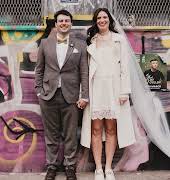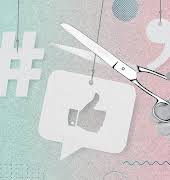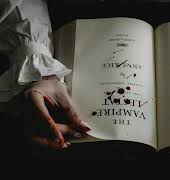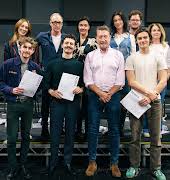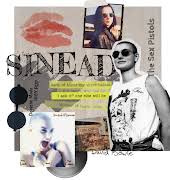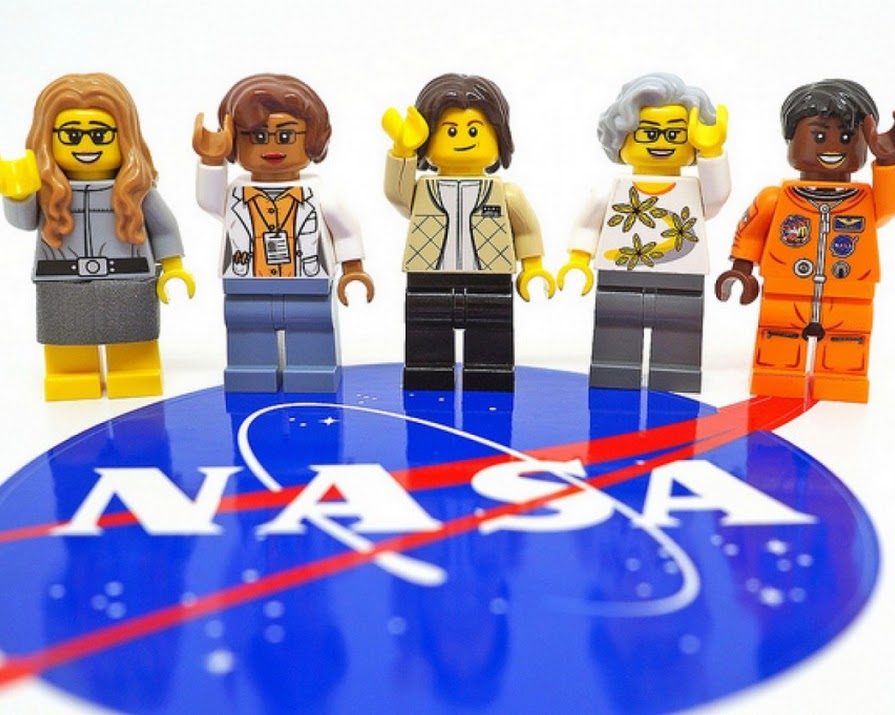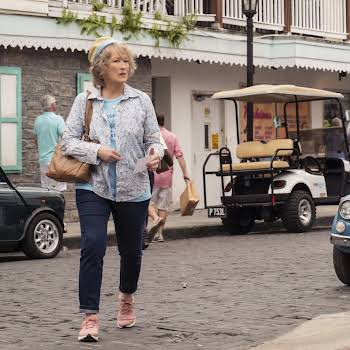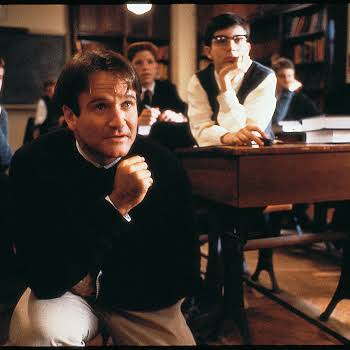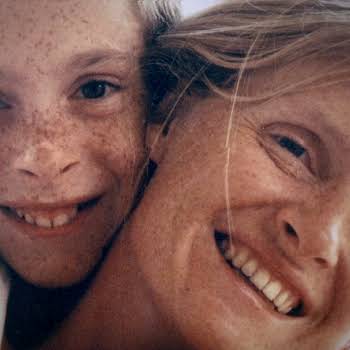By Holly O'Neill
02nd Mar 2017
02nd Mar 2017
Lego are celebrating the contributions of NASA’s female pioneers with a new set, featuring women who have played an important part in the U.S. space program.
The “Women of NASA” will have five figurines of scientists, engineers and astronauts.
Those five women are:
Sally Ride, astronaut, physicist, educator and the first American woman in space.
Scientist and mathematician Katherine Johnson, who helped NASA put an astronaut into orbit around Earth, and put a man on the moon. She was recently portrayed by Taraji P. Henson in Hidden Figures.
Computer scientist Margaret Hamilton, who invented the modern concept of software that helped land men on the moon.
Astronomer Nancy Grace Roman, who was the first Chief of Astronomy in the Office of Space Science at NASA Headquarters and the first woman to hold an executive position at NASA. In her role, she successfully managed numerous astronomy-based projects including the Hubble Space Telescope.
Nancy Grace Roman, the “Mother of #Hubble,” is part of a proposed @WomenNASA LEGO set! https://ideas.lego.com/projects/388ddbe3-2f0a-42fb-9f54-93bf3b5f4fe9 pic.twitter.com/hNGBW0oNKp
? Hubble (@NASA_Hubble) August 9, 2016
The design, created by US science writer Maia Weinstock, won the Lego Ideas competition. The Lego Ideas competition takes place twice a year, and one or two winners are selected for production. Maia Weinstock’s design was picked by the company after receiving 10,000 public votes.
In an email to The Washington Post, Weinstock wrote that “with Women of NASA, she was able to combine two of her passions: space exploration and the history of women in STEM.” She wrote that she doesn’t have a favourite figurine, but she has always looked up to Sally Ride.
Wishing the best to #HiddenFigures tonight. These are the stories that need to be told! #Oscars pic.twitter.com/87BsEohdqn
— Lego NASA Women (@LegoNASAWomen) February 27, 2017
“What she did to support women and girls in the STEM fields is remarkable. – I knew I wanted to include her because she’s already fairly famous, so that would help the set gain some traction, but also because of all of the work she’s done post-NASA, to encourage young people to go into science and [engineering],” she wrote.
Weinstock also highlighted the importance of celebrating and giving visibility to women in STEM professions, a male-dominated field, as it’s “critical to have toys that girls can look at and play with and think, ‘that’s me!’? or ‘that could be me'” – When people read about or see the set, she wrote, Weinstock hopes that they will learn about the women portrayed in it and their stories and contributions.
Lots of #wednesdaywisdom in this @NPR interview featuring space pioneer @maejemison: https://choice.npr.org/index.html?origin=https://www.npr.org/2017/02/22/516695456/after-making-history-in-space-mae-jemison-works-to-prime-future-scientists pic.twitter.com/CyBPGbPioE
— Lego NASA Women (@LegoNASAWomen) February 23, 2017
“I hope it sets a new example for both girls and boys,” said Ms Weinstock. “Girls, in that they can and should be engineers, scientists, and mathematicians, and boys, in that they internalise at an early age that these careers are for everyone, not only men.”
The characters will be available in late 2017 or early 2018. One small leap for toys, one giant leap for womankind.


